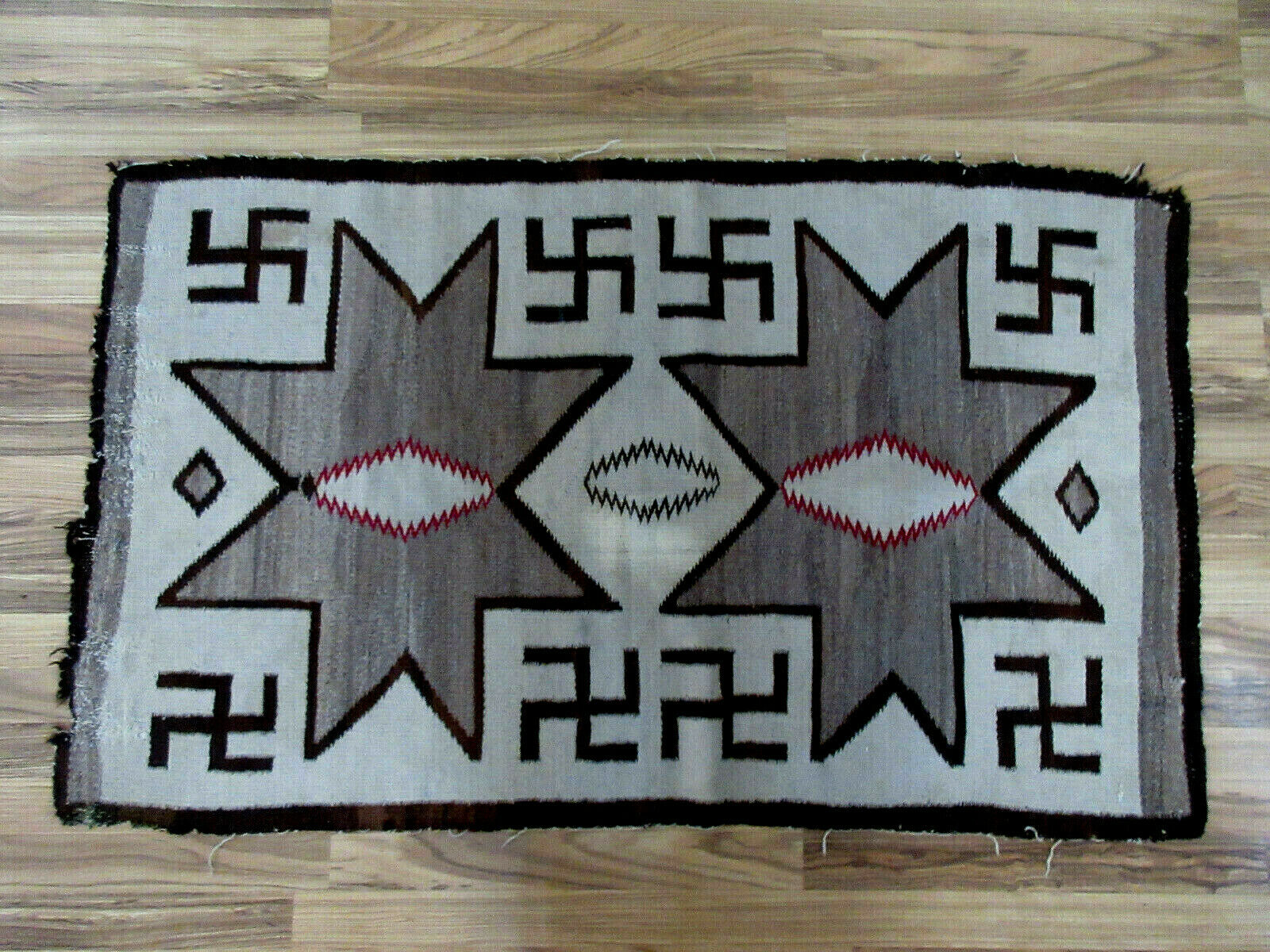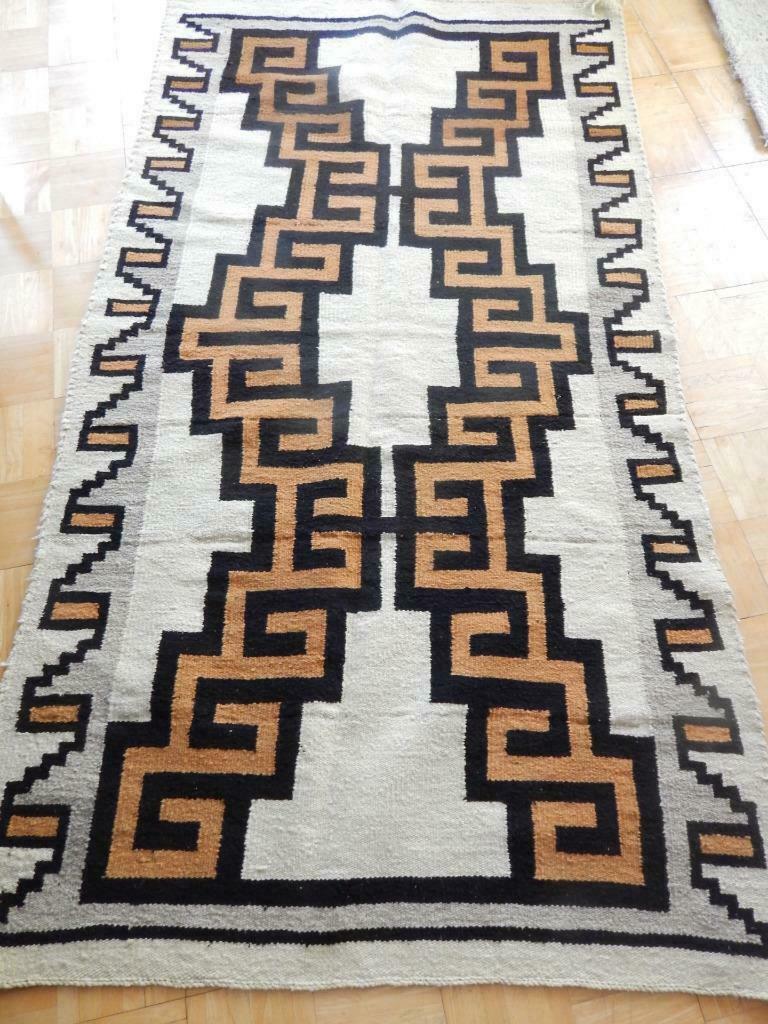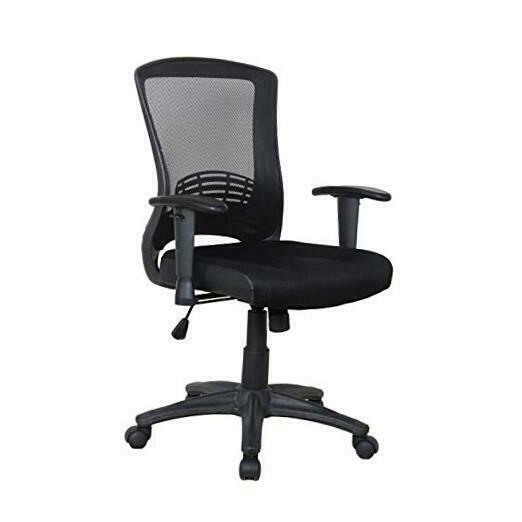-40%
c. 1910 Navajo Crystal Rug with Feather Pictorials, 73.5" x 37"
$ 984.72
- Description
- Size Guide
Description
c. 1910 Navajo Crystal Rug with Feather Pictorials, 73.5" x 37"This weaving is in very good condition. There are no holes or signs of moth grazing. There is a small area with three spots near one of the corners. There is no staining, soiling, or fading. There is minor weft wear to the center, as well as the edges. The corners are intact. The warp count is 7, and the weft count is 24, per inch.
Acquired from a private collection in Utah.
Please reference item T5001.
Crystal, New Mexico was the site of the trading post owned by J.B. Moore from 1897-1911.
Moore was a visionary trader who exercised enormous influence over early Navajo rug design. Perhaps his most important innovation was to introduce weavers in his region to Oriental rug patterns. Motifs probably derived from oriental rugs include repeated hook shapes (often called latch hooks), the waterbug shaped like an X with a bar through the middle and, in a small number of weavings, rosettes. An even more lasting and fundamental influence was the concept of a large central motif in one, two or three parts that covers almost all of the ground between the borders. Even the concept of the border itself, usually in two or three layers with at least one in a geometric pattern, is probably traceable to oriental carpet design. Though introduced in the region around Crystal, these motifs and ideas quickly spread to other areas of the Reservation and are found on many rugs woven throughout the past century. One of the most popular patterns that likely resulted from Moore’s work at Crystal was the Storm Pattern. This design is generally defined as a central rectangle connected by zig-zag lines to smaller rectangles in each corner. The Storm Pattern often is said to have symbolic meaning: the zig-zags are lightning, the corner rectangles are the four sacred mountains of the Navajo or the four directions or the four winds, etc. The Storm Pattern’s precise origin is uncertain; one story suggests it was developed by a trader on the western side of the Reservation but the weavers at Crystal developed this concept into one of the most popular and lasting of all Navajo rug patterns.
Medicine Man Gallery has been in the Antique Native American art business since 1992.
We have one of the largest inventories of Antique Native American art for sale in the country, offering Navajo Rugs and Blankets, American Pueblo Pottery, Indian Baskets, Hopi Kachinas, Old Pawn Jewelry, Contemporary Native American Jewelry, and Native American Beadwork, as well as Ethnographic Art, Western Americana, Art of the West and Native American Art.
Before purchasing please feel free to contact us with any questions you may have about the condition of this item; we are happy to provide additional images.














